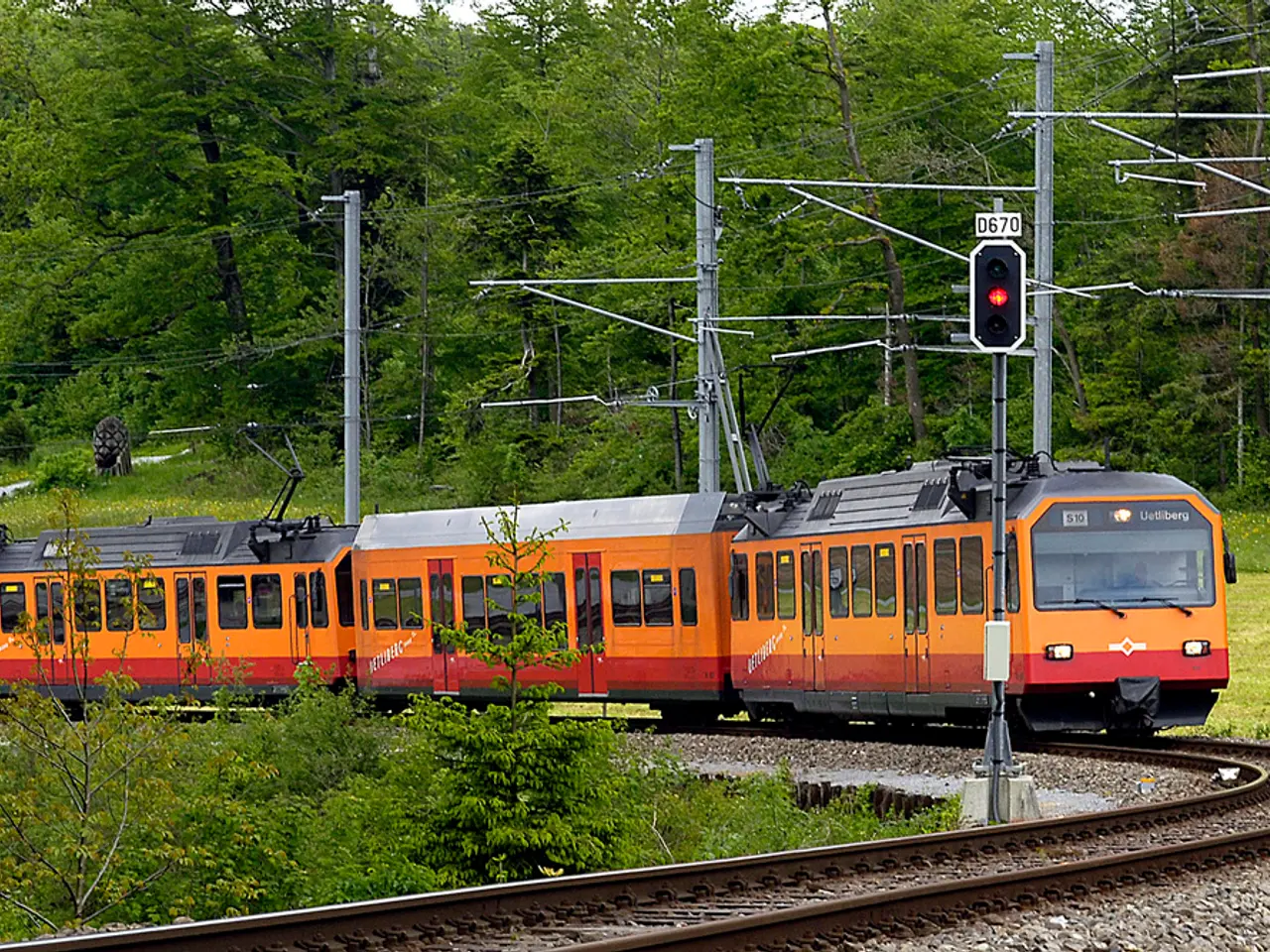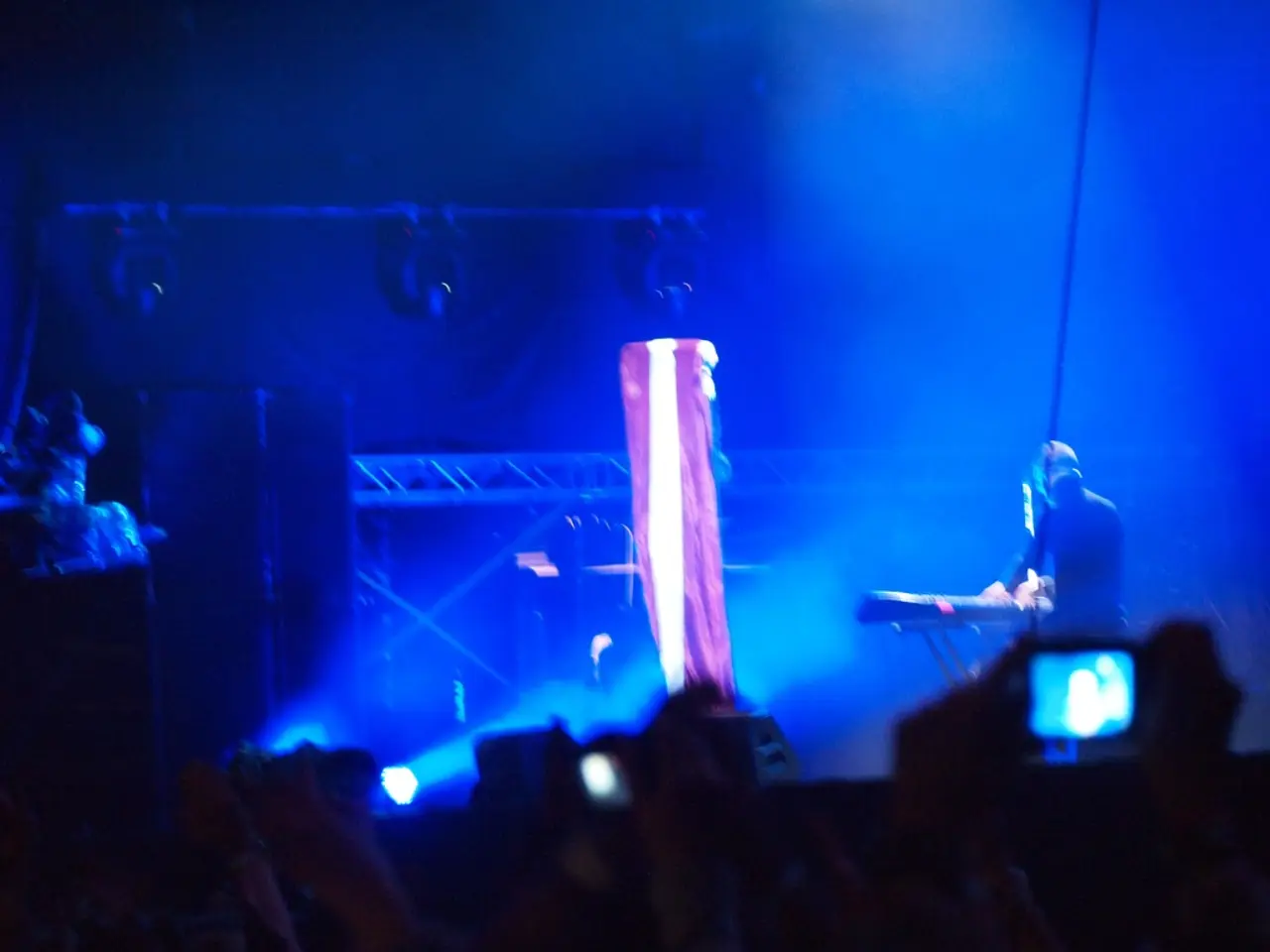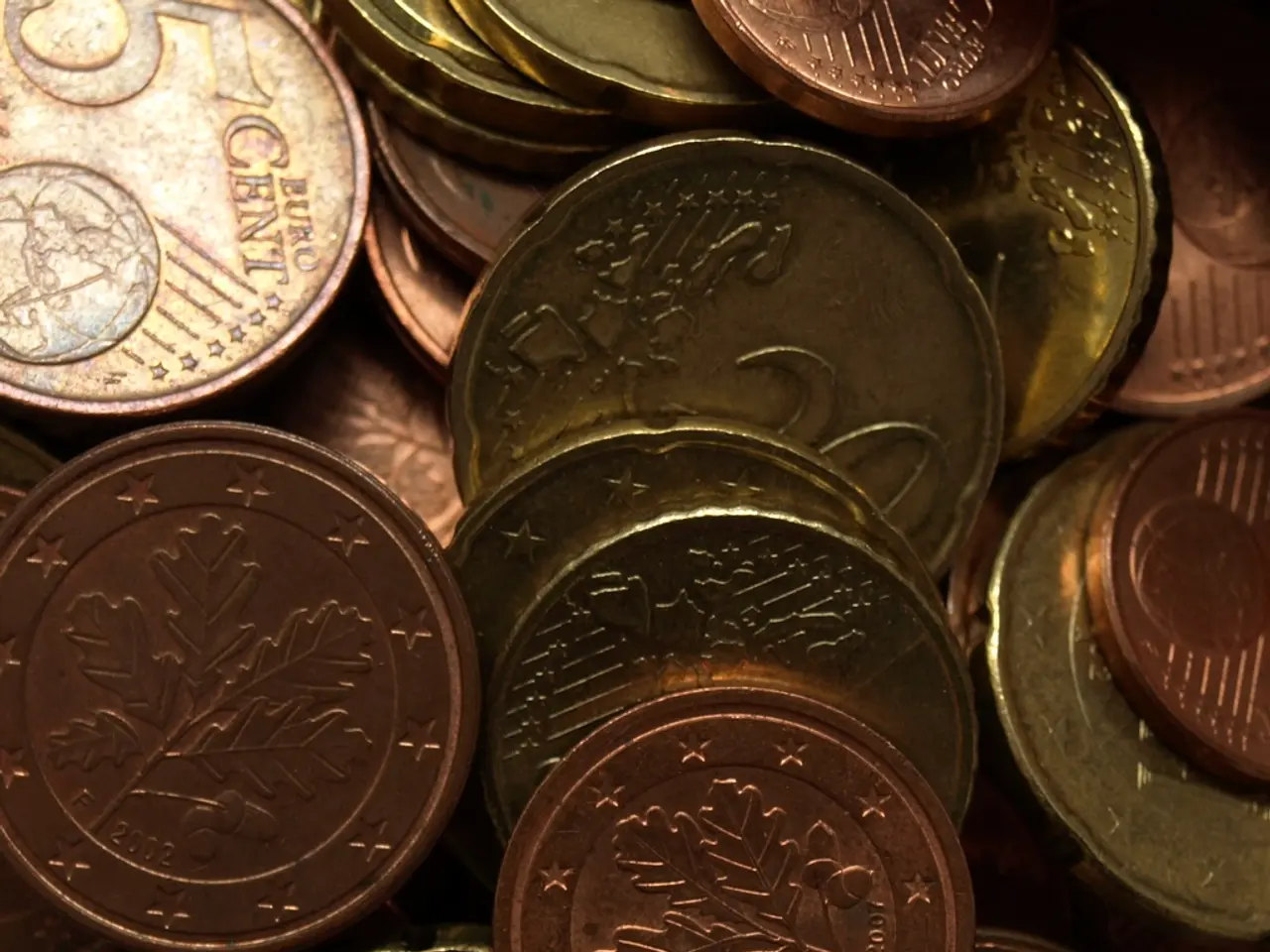First battery-electric locomotive received by Fortescue, ambitioning to reach "true zero" swiftly
In an ambitious move to decarbonize its Pilbara mining operations, Fortescue Metals Group has unveiled plans to deploy a large fleet of electric heavy mining equipment and innovative battery electric locomotives, often referred to as "infinity trains." This strategy is part of Fortescue's broader goal to eliminate terrestrial emissions by 2030 through the integration of renewable energy, electrification, and automation.
### Electric Diggers and Bulldozers
To achieve this goal, Fortescue has contracted Epiroc to supply a major fleet of fully autonomous and electric surface mining equipment. These machines, including battery-electric rotary blasthole drill rigs and battery-electric drill rigs, will deliver the same performance as their diesel counterparts but with zero emissions thanks to advanced battery technology and intelligent design features aimed at reducing operational costs and extending component life. Fortescue aims to replace around 800 pieces of heavy mining equipment with zero-emission alternatives by the end of this decade, significantly cutting their carbon footprint by over 90,000 tonnes of CO₂ annually once operational.
### The "Infinity" Battery Electric Train
The "infinity train" concept involves battery electric locomotives (BELs) designed to be highly energy-efficient by regenerating electricity. The prototype BEL was created by converting an existing GE-built locomotive and is the first battery locomotive to arrive in the Pilbara. The key innovation is that the loaded train going downhill from the mine to the port generates enough electricity through regenerative braking to power the empty return trip uphill, effectively creating a self-sustaining energy cycle. This process dramatically reduces the reliance on diesel fuel and enables zero-emission heavy haul rail transport.
Downer, with 150 years of locomotive expertise, is partnering with Fortescue to commercialize this zero-emissions power system, marking a significant advance in decarbonizing heavy transport in mining. This approach also reduces the need for green hydrogen, which is often proposed for hard-to-decarbonize sectors, highlighting Fortescue's innovative use of battery storage and renewable energy integration.
### Integration with Renewable Energy and Decarbonization Goals
To power this electrified fleet and the battery electric trains, Fortescue is deploying 2-3 gigawatts of renewable energy (wind and solar) generation capacity paired with substantial battery energy storage systems across the Pilbara. This renewable power will feed directly into Fortescue's electric mining network, supporting the large-scale electrification of mobile equipment and rail transport. The project aims for zero terrestrial emissions (Scope 1 and 2) by 2030, meaning no fossil fuels and minimal offsets in mining, port, rail, and infrastructure.
The first battery electric locomotive prototype is currently undergoing rigorous trials within a rail yard in the Pilbara. These trials are crucial for understanding how battery electric technology can scale to meet the unique demands of the Pilbara region. The trials aim to assess the locomotive's performance for mainline conditions in the Pilbara later this year.
Giles Parkinson, the founder and editor of The Driven, and editor of Renew Economy and One Step Off The Grid web sites, is closely following Fortescue's progress. Parkinson, who owns a Tesla Model 3, believes that Fortescue's strategy represents an integrated approach combining electrification, automation, renewable energy, and energy storage to transform mining operations toward sustainability and energy efficiency.
- In the pursuit of their goal to eliminate terrestrial emissions by 2030, Fortescue Metals Group has contracted Epiroc to supply a fleet of fully autonomous and electric surface mining equipment, such as battery-electric rotary blasthole drill rigs and battery-electric drill rigs, which will deliver zero-emission performance through advanced battery technology and intelligent design.
- The integration of renewable energy, electrification, and automation is evident in Fortescue's partnership with Downer to commercialize the zero-emissions power system for the battery electric locomotives (BELs), which are highly energy-efficient as they regenerate electricity and reduce the reliance on diesel fuel.
- To support this electrified fleet and the battery electric trains, Fortescue is deploying 2-3 gigawatts of renewable energy (wind and solar) generation capacity paired with substantial battery energy storage systems across the Pilbara, a move that aligns with their aim for zero terrestrial emissions (Scope 1 and 2) by 2030.
- Giles Parkinson, a renowned editor in the field of environmental science and renewable energy, closely follows Fortescue's progress and believes that their strategy, combining electrification, automation, renewable energy, and energy storage, represents a transformative approach toward sustainable and energy-efficient mining operations.




